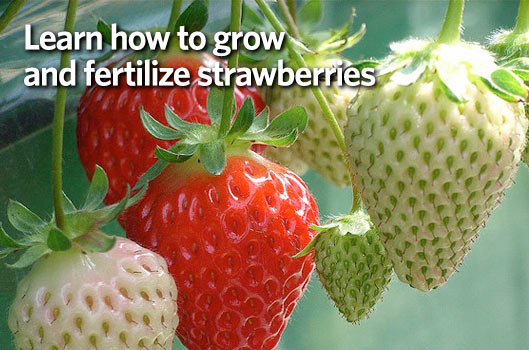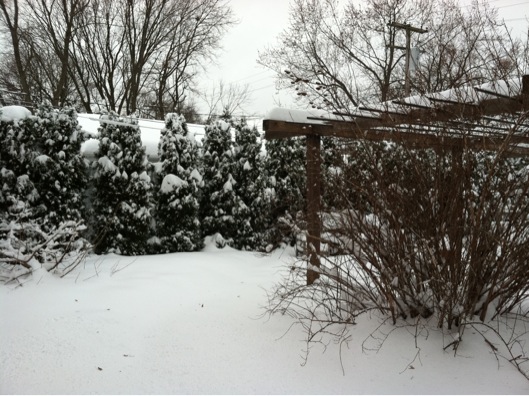NPR’s All Things Considered:
Just over a month ago, the Department of Agriculture announced that it will allow American farmers to plant genetically engineered alfalfa, which is widely used as feed for dairy cows and horses.
Organic food producers opposed the USDA’s decision — some more fiercely than others. That split has provoked angry debates within the organics community, with some activists accusing organic businesses of “surrendering” to the biotech company Monsanto. And it has reopened some old arguments about what’s most important in the label “organic.”



